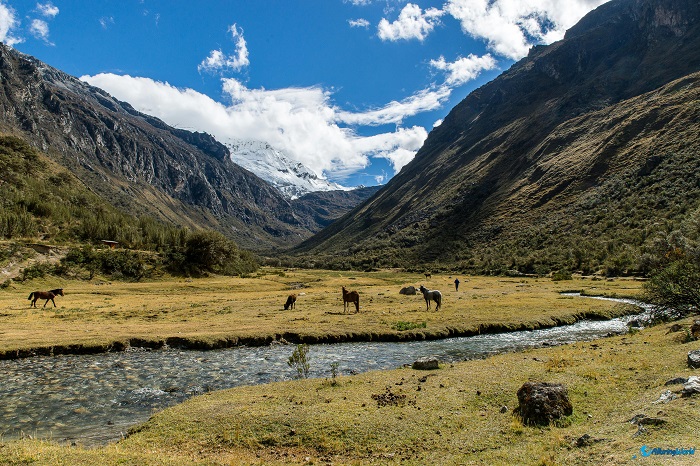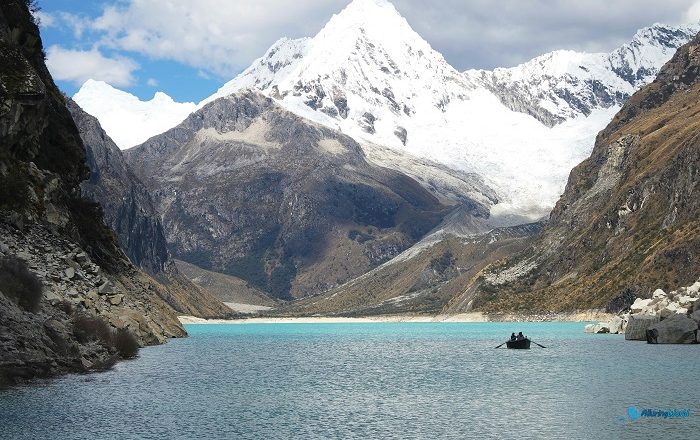Huascarán National Park is an important national park comprised mostly of the Cordillera Blanca which is part of the Andes Mountains in the Department of Ancash, within the western part of the Republic of Peru. As this mountain range covers an area of approximately 3,400 sq km (1,313 sq mi), it is one of the most spectacular protected areas seen in South America, named after Mount Huascarán which is the highest peak in Peru, standing at a height of 6,768 m (22,205 ft), simply offering breathtaking landscapes views, diverse ecosystems, and remarkable biodiversity.
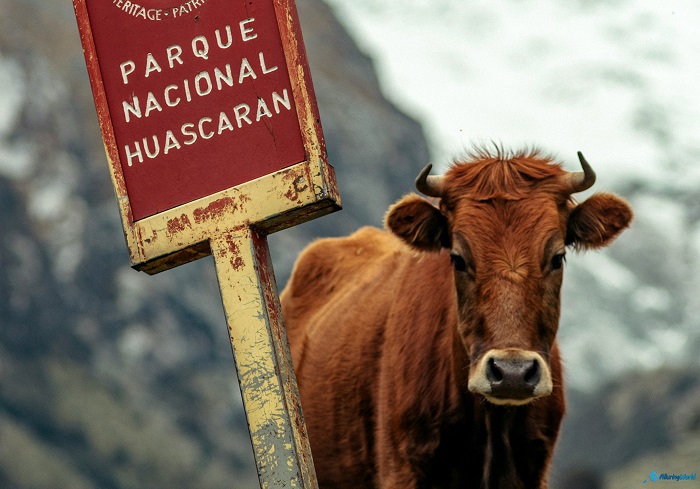
The park comprises gigantic snow-covered peaks, great valleys, glacial lakes, and expansive high-altitude grasslands. More than 600 glaciers sculpt its terrain, as well as roughly 300 turquoise and emerald-hued lakes. Its breathtaking cliffs, waterfalls, and sweeping expanses of virgin ground make it a nature lover’s and adventure seeker’s paradise.
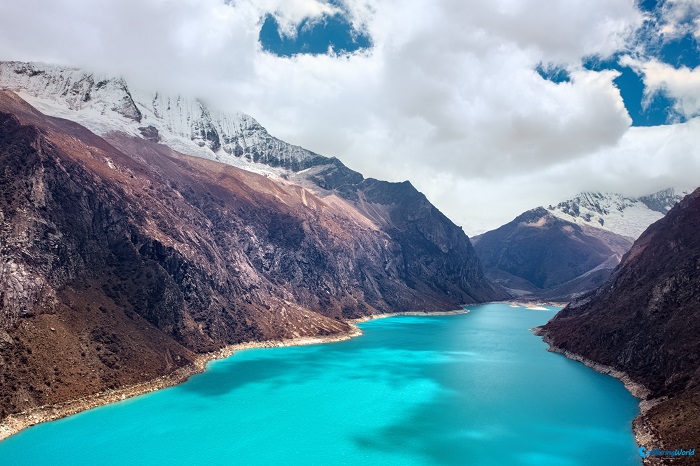
Huascarán National Park was established in 1975 so that it would protect the unique Andean environment which was threatened by human activities such as deforestation and uncontrolled farming, later in 1985, it was designated as a UNESCO World Heritage Site due to its exceptional natural beauty and ecological significance. The park has one of the world’s most extensive tropical glacial systems, that interestingly is the world’s highest tropical mountain range, which is an important source of water supply to the local people and biodiversity conservation.
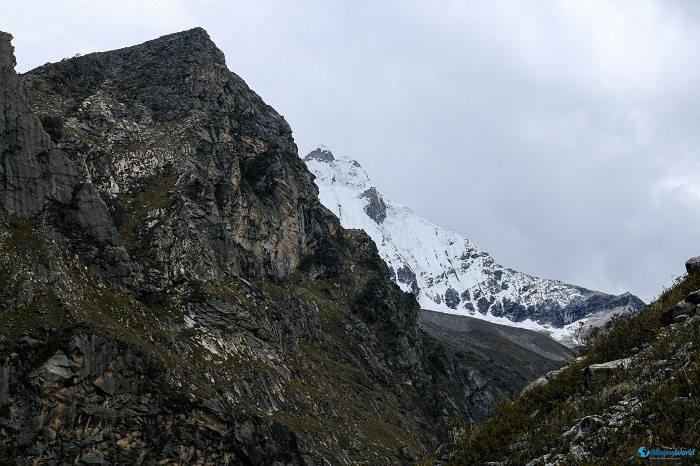
The park’s flora is extremely variable with altitude, so it is diverse from cloud forest to grassland at high altitudes, however, lower down are polylepis forests, which are a delicate forest tree species found in very inhospitable conditions, and as moving higher up, ichu grass and cushion plants that can withstand freezing temperatures dominate the landscape. Among the most striking plants to be discovered in Huascarán is the Puya raimondii which is the world’s tallest bromeliad, which grows to 15 m (49 ft) tall and flowers after decades.
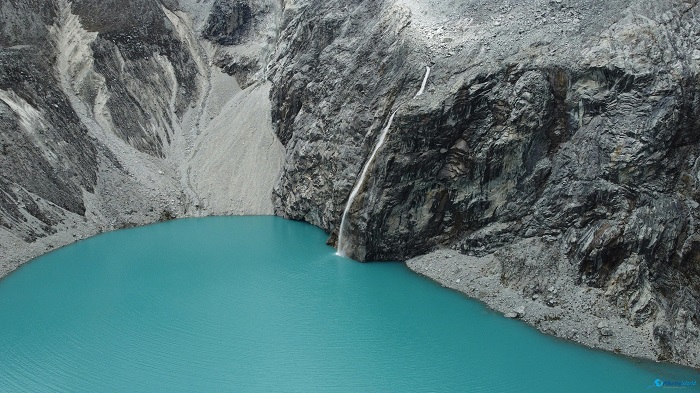
The park’s fauna is equally diverse as well since it is made up of species that are well suited to the harsh Andean environment. Some of the most emblematic species include the Andean condor which is one of the largest flying birds in the world, and they are accompanied by the elusive spectacled bear, which is South America’s only bear. Other standout wildlife sightings include vicuñas, pumas, Andean foxes, and the Andean mountain cat, one of the rarest felines on the continent, nonetheless, the rivers and lakes in the park also support various types of amphibians and waterbirds, making the park an important habitat for both aquatic and terrestrial organisms.
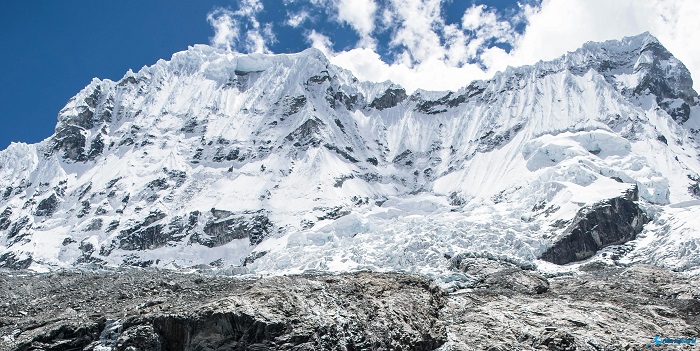
When it comes to activities, Huascarán National Park is a great destination for the outdoors and welcomes thousands of tourists annually. Trekking is one of the finest activities as it has numerous routes such as the Santa Cruz Trek and the Laguna 69 Trek which offer stunning views of glacial lakes and rocky summits. Mountaineering athletes challenge themselves by climbing the park’s towering peaks, including the majestic Huascarán itself, while others explore the area through rock climbing, mountain biking, and birdwatching. Additionally, the park features important archaeological ruins, such as those of Chavín de Huántar, that give the park its historic character on top of its natural beauty.
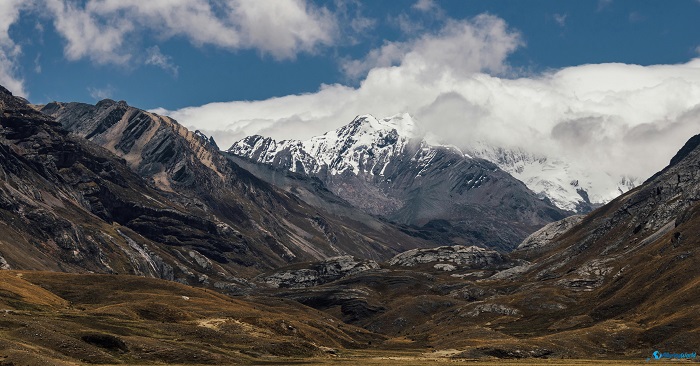
The best time to visit Huascarán National Park is during the usual dry season which lasts from May to September, and this is the period when clear skies and mild temperatures create perfect conditions for trekking and climbing. Sadly, during the rainy season from November to April, trails can become more challenging due to heavy rainfall and snowfall at higher elevations, so people are sometimes discouraged from visiting the national park during these months. Still, daredevils are always willing to take extra steps to experience Huascarán as best as possible.
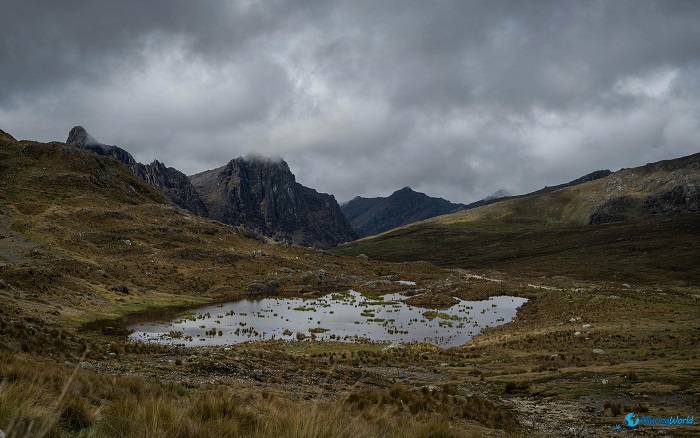
Visitors can access the park from Huaraz which serves as the main gateway city located approximately 400 km (250 mi) north of Peru’s capital city of Lima. There are buses, taxis, and guided tours from Huaraz which provide access to sections of the park, and most tourists visit through Llanganuco or Carhuaz, where well-marked trails lead to famous sites such as Laguna 69 and Pastoruri Glacier. To experience this amazing park, an entrance fee has to be paid serving mainly to fund conservation efforts and support local communities that rely on ecotourism, so every visitor counts to preserve and keep this mesmerizing place for all future generations.
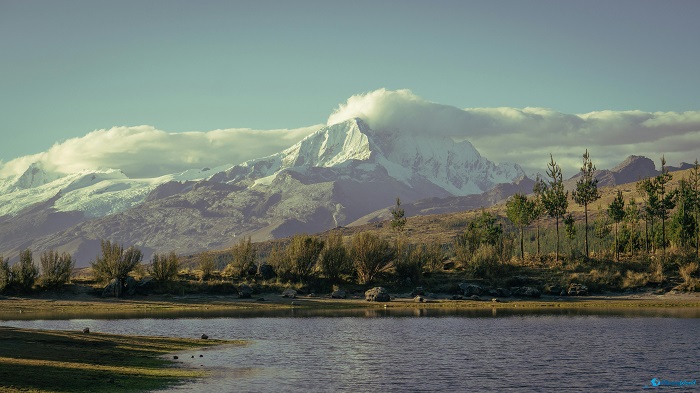
Overall, Huascarán National Park is one of Peru’s greatest natural wonders since it offers a combination of adventure, diversity, and breathtaking scenery. Its high peaks, pristine lakes, and endemic fauna are a site of immense ecological and cultural importance, and as it is the perfect place for trekking, wildlife watching, or simply enjoying the breathtaking scenery, a visit to this Andean paradise is an experience not to be missed.
